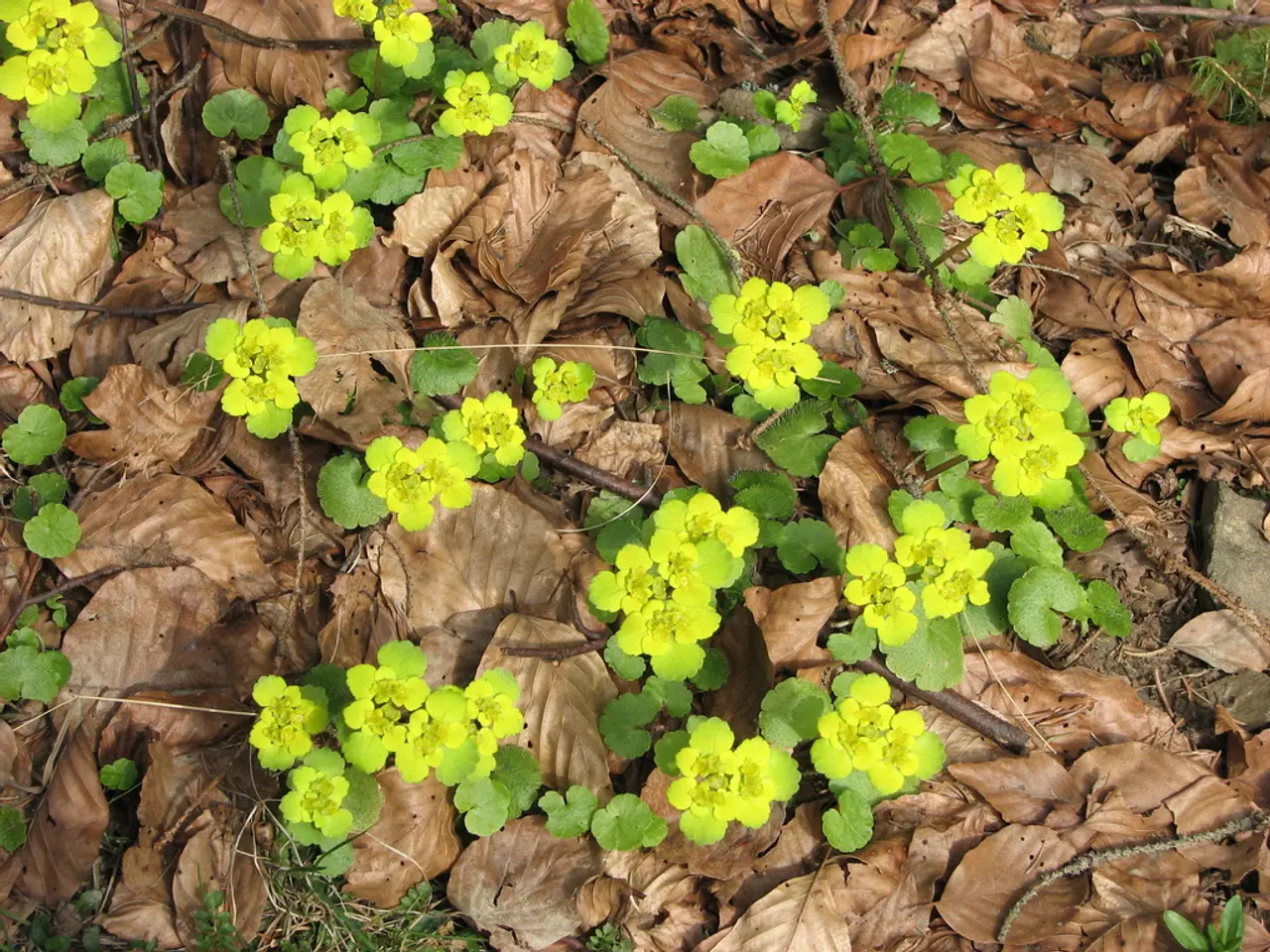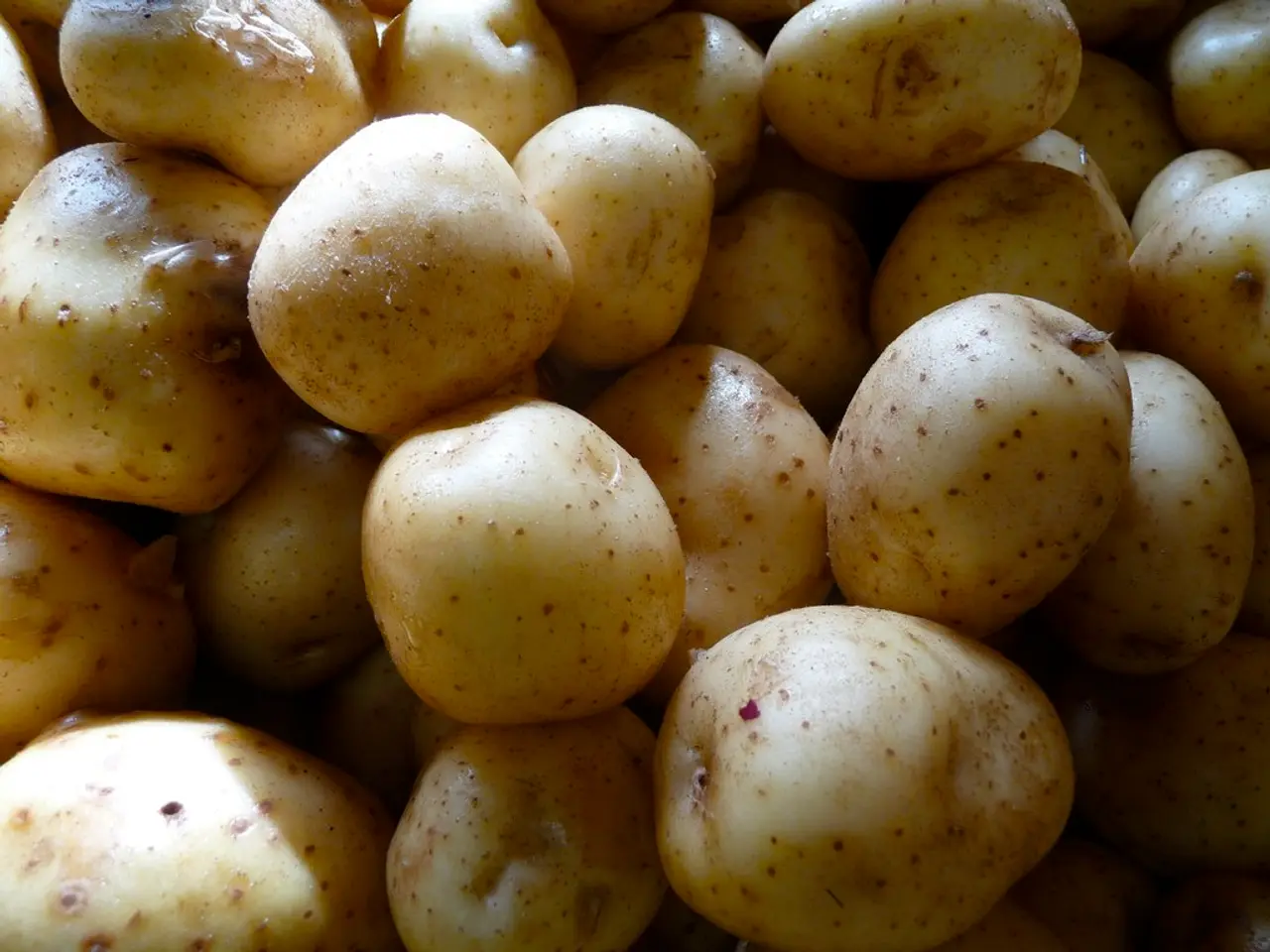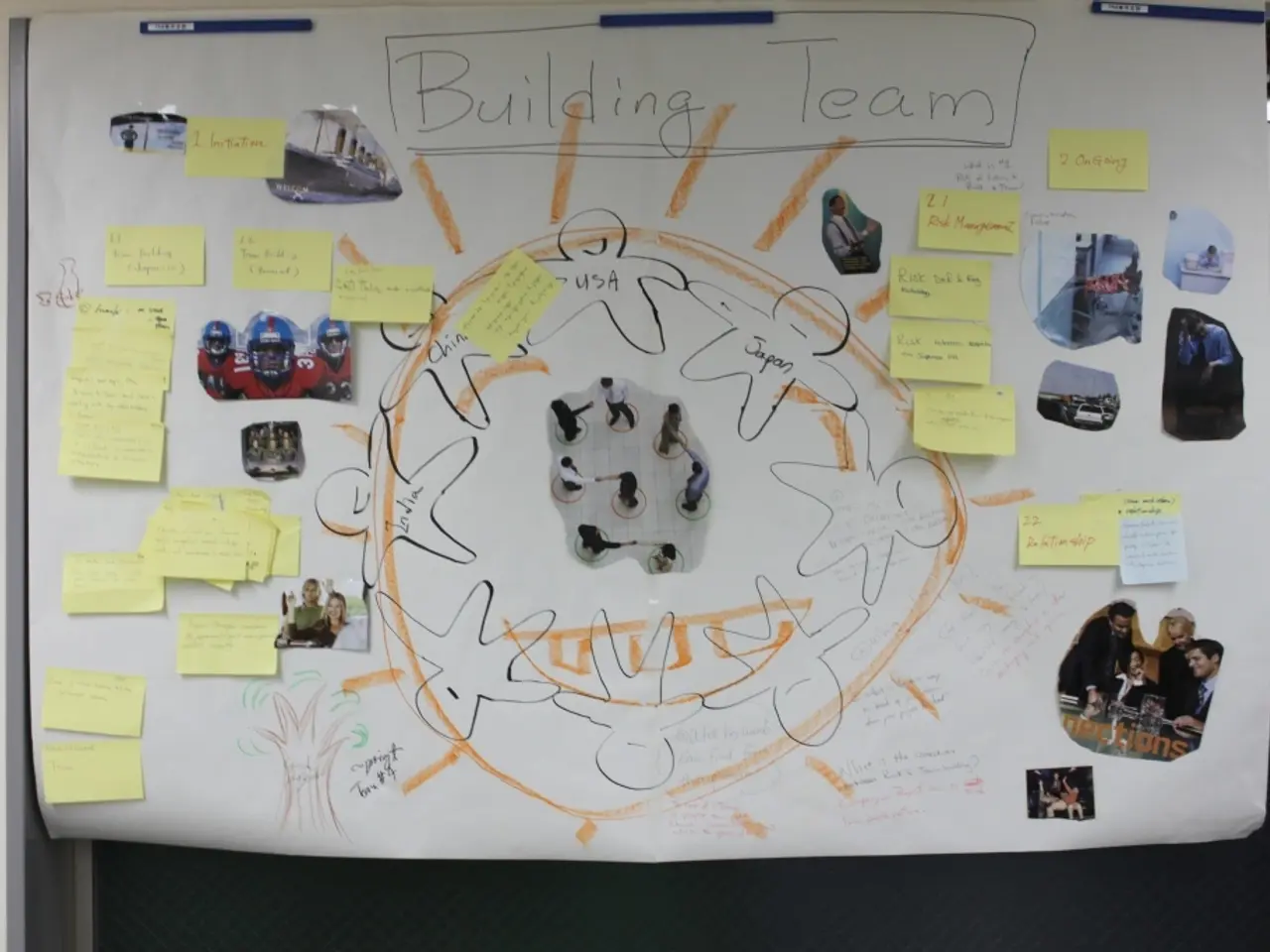Struggling Soil Salinity in Plants: Consequences and Adaptations Strategy
High soil salinity poses a significant threat to plant growth and development, impairing various physiological and biochemical processes. This article explores the ways in which high soil salinity affects plants, focusing on the primary stress factors of osmotic stress, ion toxicity, and oxidative damage.
One of the most critical areas impacted by high soil salinity is root development. The saline environment reduces root hydraulic conductivity, limiting the plant's ability to uptake water, which in turn affects biomass accumulation. This reduction in water absorption can lead to stunted growth and diminished leaf area, ultimately resulting in reduced crop yield.
Photosynthesis is another essential process disrupted by salt stress. The stress causes stomatal closure, chlorophyll degradation, and photoinhibition, collectively decreasing photosynthetic efficiency. This decrease in photosynthetic efficiency can impact plant productivity and growth, as it is crucial for energy production and carbon fixation.
High soil salinity also alters the production of protective compounds like proline and antioxidants that help plants respond to stress. This disruption in secondary metabolite synthesis can exacerbate the damage caused by salt stress, leading to diminished overall growth.
Salt stress can affect almost all aspects of plant development, including germination, vegetative growth, and reproductive development. In severe cases, chloride accumulation can reach toxic levels, causing observable symptoms like browning or necrosis of leaf margins, wilting, stunted growth, and even plant death. High sodium concentrations in the soil can cause water stress and root dehydration, further exacerbating the negative effects of salt stress.
Saline soils, particularly those sensitive to salt, can lead to chloride accumulation, which can negatively impact plant development. The presence of high sodium concentrations can also impact the soil's physical properties, affecting infiltration rates and hydraulic conductivity.
A strategy to mitigate the effects of high soil salinity is leaching saline soils with water low in soluble salts. This process helps move salts away from plant roots, reducing the toxic ion accumulation in the soil and plants. However, it is essential to note that long-term leaching may not be a sustainable solution, as it can lead to groundwater salinisation.
In conclusion, high soil salinity imposes multiple stress factors on plants, decreasing water absorption, inducing toxic ion accumulation, impairing photosynthesis, and reducing growth and yield potential. Improving soil drainage through the use of drainpipes or tiles can facilitate leaching, but it is crucial to address the root cause of salinisation to ensure sustainable agricultural practices.
References: [1] Flowers, T. J., & Yeo, I. R. (2015). Plant responses to salt stress. Annual Review of Plant Biology, 66, 471-492. [2] Munns, R., & Tester, M. (2008). Salt tolerance in plants: the physiological basis of salt-induced growth retardation. Trends in Plant Science, 13(4), 157-164.
The implications of high soil salinity extend beyond primary stress factors, as it can also hinder the synthesis of protective compounds in plants, thereby exacerbating salt stress. Furthermore, the advancement of health-and-wellness and environmental-science fields could benefit from understanding the impact of high soil salinity on plant photosynthesis and root development, as both processes are crucial for overall plant growth and productivity.




